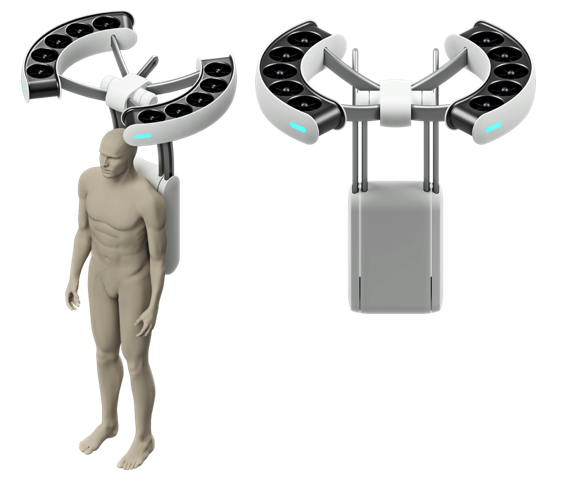
By Heather Hamilton, contributing writer
The University of Tokyo is making dreams come true with a backpack that allows wearers to fly — well, almost fly. The team, who appears to have been inspired by the dreams of kids everywhere, presented a prototype of the gravity-defying backpack at this year’s South by Southwest.
The device is meant to mimic jumping in low-gravity environments, hence the space-themed name. While it is in the midst of a lot of other inventions and prototypes at South by Southwest, Lunavity has somehow managed to stand out.
Problematically, there isn’t actually a working prototype, which means that the incredible leaps and bounds featured in the video aren’t even achievable yet. Called Lunavity, the harness connects a human to a drone to allow for temporary flying. Essentially, the device is a wearable drone that looks like a really cool backpack.
When a user is wearing the device, a circular set of rotors over their head power a jump similar to those performed by astronauts on the moon. The movement is initiated by human leg muscles and then amplified by rotors, which means a jump two to three times what they can do unassisted.
Lunavity has a website, but, as Tech Xplore points out, their intentions aren’t exactly clear being that we haven’t seen a working prototype and there isn’t a marketing site as of yet. Instead, the website focuses on the fun jumping abilities that Lunavity may provide, briefly mentioning that it may also be used to safely correct balance and prevent falling. Engadget says that one developer mentioned that the device might be useful for Quidditch, making it a Harry Potter super-fan’s dream come true. The Facebook page also contains little information other than a few photos and an embedded video.
Twitter doesn’t reveal any more details, but a search of “Lunavity” reveals plenty of photos of South by Southwest attendees wearing the drone backpack, and they look excited. It’s actually the perfect product to generate a social media buzz, evoking a certain nostalgia and excitement for the future despite its lack of true function. The tone of the video suggests a certain self-awareness about the device’s usefulness and practicality, leaving many wondering if it will actually hit the consumer market. For now, there isn’t a price or release date, but it is certainly generating a lot of buzz. As Slate points out, a device doesn’t have to be useful for it to be fun!
Sources: YouTube, Lunavity, Tech Xplore, Engadget, Facebook, Slate
Image Source: Lunavity
Advertisement
Learn more about Electronic Products Magazine





